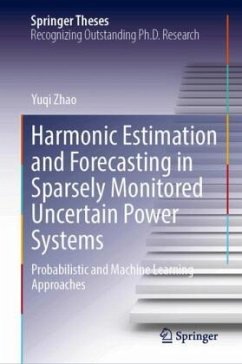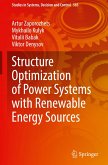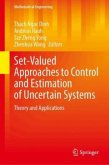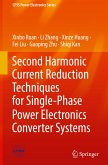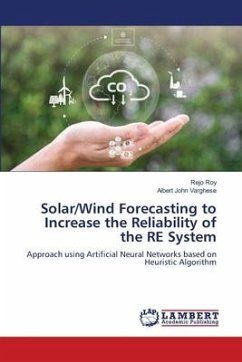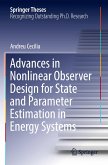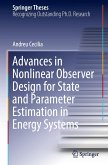This book tackles the technical challenges of integrating renewable energy sources into power grids to reduce exposure to significant financial and operational risks. It does so by introducing advanced methods for harmonic estimation and forecasting in sparsely monitored and uncertain power networks, leveraging probabilistic and machine learning techniques.
With a focus on practical applications, the book introduces a Monte-Carlo-based simulation framework to address operational randomness and uncertainties, along with the development of a Norton equivalent model of wind farms for probabilistic harmonic propagation studies. The author also presents cost-effective methods for harmonic estimation in non-radial distribution networks and proposes a sequential artificial-neural-network-based approach for probabilistic harmonic forecasting in transmission networks with limited harmonic measurements. By significantly reducing the reliance on extensive power-quality-monitoringinstallations, these methods provide robust, accurate, and reliable harmonic data and enable more effective and informed decision-making for future power system operations.
Targeted at academic researchers, industrial engineers, and graduate students, this book matches theoretical advance with practical application. It supports the assessment of standard compliance and benchmarking, minimizes the need for power-quality-monitoring installations, accelerates the evaluation of harmonic propagation and mitigation strategies in uncertain, power-electronics-rich networks, and advances the forecasting of potential harmonic issues in future power systems.
With a focus on practical applications, the book introduces a Monte-Carlo-based simulation framework to address operational randomness and uncertainties, along with the development of a Norton equivalent model of wind farms for probabilistic harmonic propagation studies. The author also presents cost-effective methods for harmonic estimation in non-radial distribution networks and proposes a sequential artificial-neural-network-based approach for probabilistic harmonic forecasting in transmission networks with limited harmonic measurements. By significantly reducing the reliance on extensive power-quality-monitoringinstallations, these methods provide robust, accurate, and reliable harmonic data and enable more effective and informed decision-making for future power system operations.
Targeted at academic researchers, industrial engineers, and graduate students, this book matches theoretical advance with practical application. It supports the assessment of standard compliance and benchmarking, minimizes the need for power-quality-monitoring installations, accelerates the evaluation of harmonic propagation and mitigation strategies in uncertain, power-electronics-rich networks, and advances the forecasting of potential harmonic issues in future power systems.

